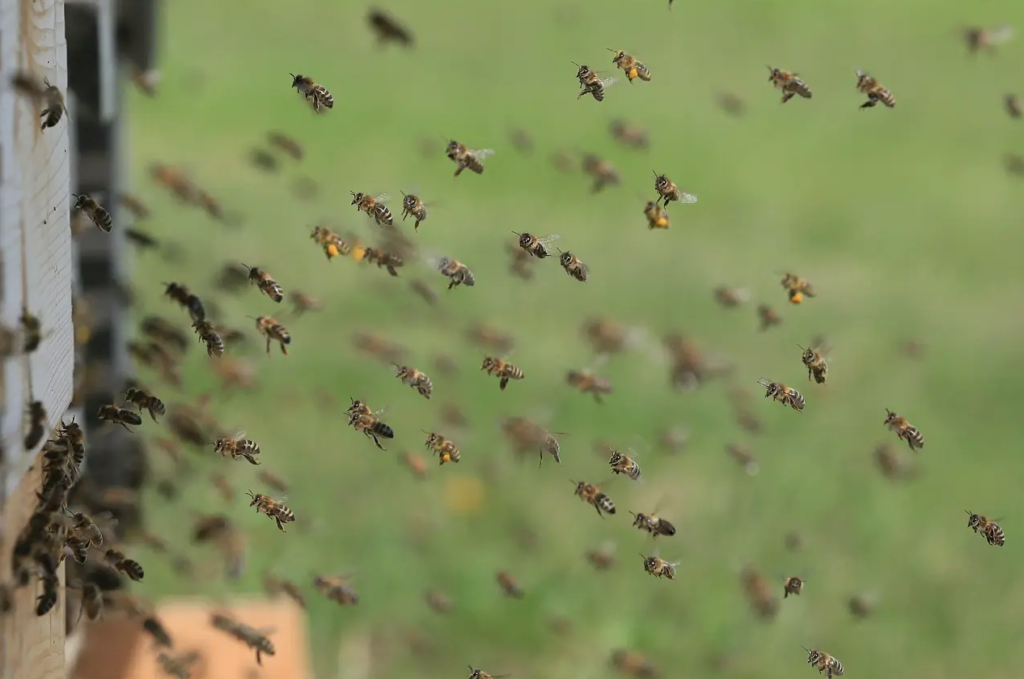Created a self-sacrifice algorithm for wind turbines
(sustainabilityenvironment.com) – Mother nature and its billions of years of evolution return to lend a hand to energy research. It happens in India where a group of scientists from Rajasthan Technical Univerisity and South Asian University of New Delhi studied bees to maximize the production of a wind farm.
The team was looking for a way to optimize the layout of the wind farm
Finding the “best” positions of the turbines in a wind farm allows, in fact, to increase their overall efficiency and yield. But it is a complex problem that requires mathematical skills and a huge amount of computer resources. Why not turn, then, to “someone” who for millions and millions of years has to do with solving complex problems?
Shaming teaches how to increase the production of the wind farm
For the world of research, this is nothing new. Observing natural behaviors, modeling them algorithmically and transforming them into non-natural problem-solving is an increasingly common practice. It is also the approach chosen by scientists Nirmala Sharma, Harish Sharma, Ajay Sharma and Jagdish Chand Bansal. The team closely observed the swarming, the way bee families reproduce and often involves those individuals who are less suited to the smooth functioning of the hive sacrificing their position for those who are more suitable.
Read also The wind farm of the future? Will it have turbines more than 130 meters high
Sharma and colleagues have modeled this behavior in a sacrificial algorithm. The program tests the positioning of each turbine in the wind farm, sacrificing one position for another depending on the wind models and the effects of the nearby turbines. The algorithm thus defines a layout in which each individual installation is optimal to provide the maximum possible power. The team demonstrated a proof of concept with idealized systems with a radius of 500, 750 and 1,000 meters. The next step will be to consider real geographical landscapes and optimize installations for uneven wind patterns.

